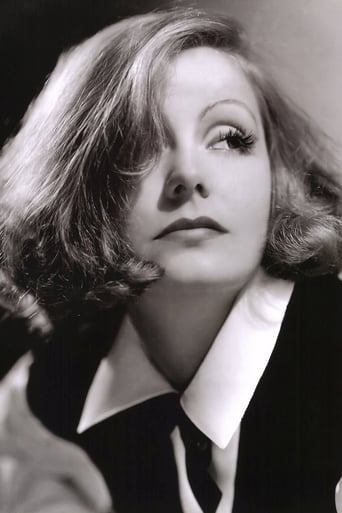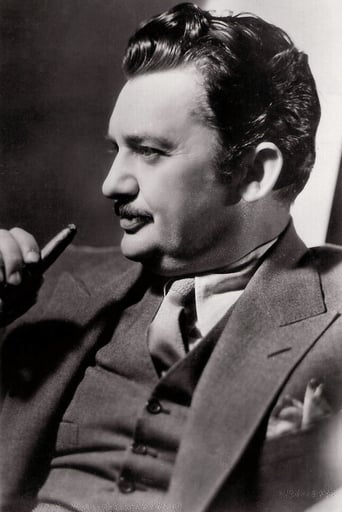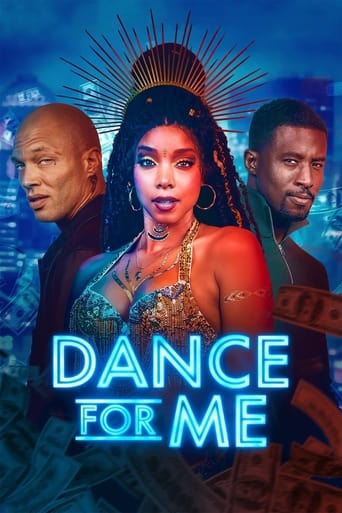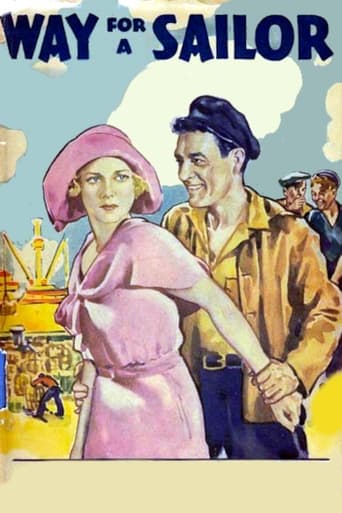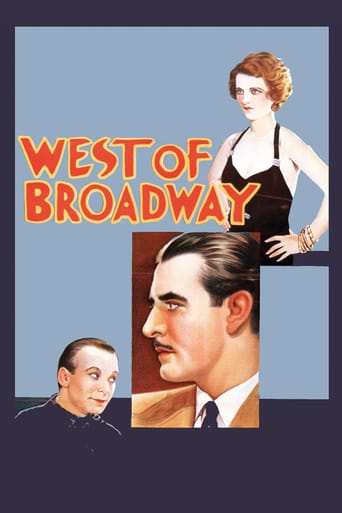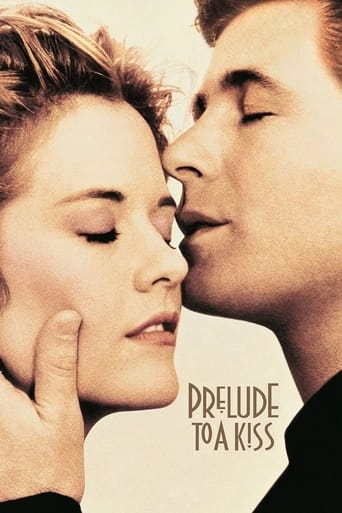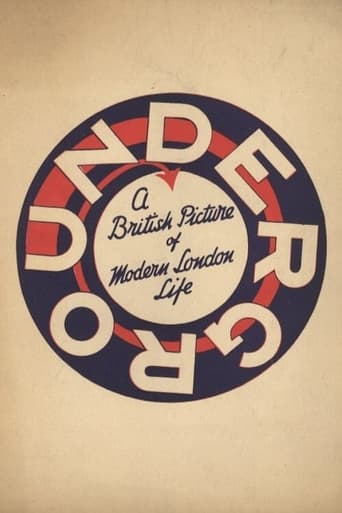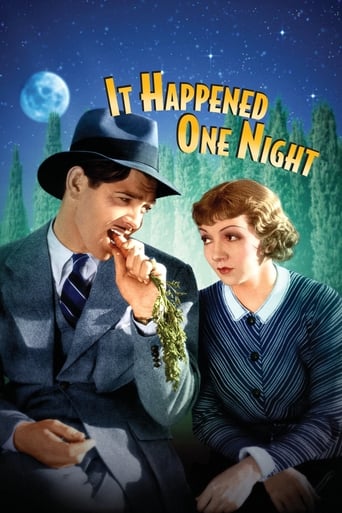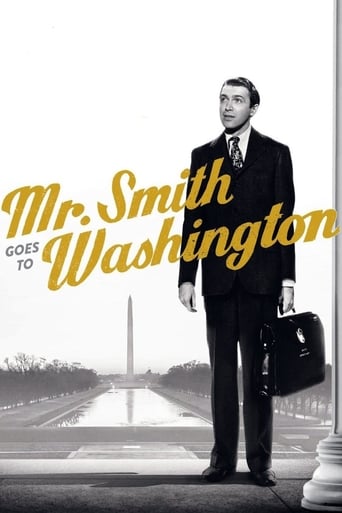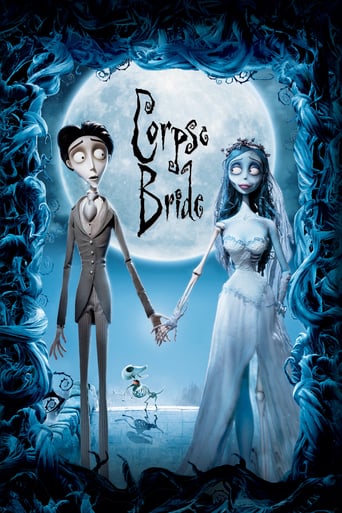
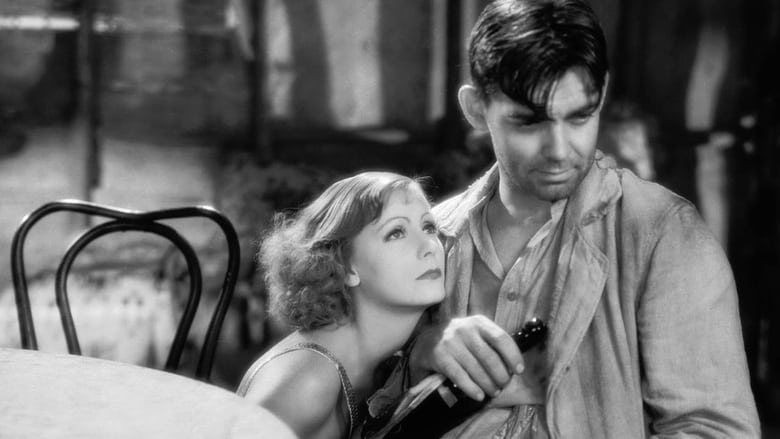
Susan Lenox (Her Fall and Rise) (1931)
A young woman runs away from an abusive home and pre-arranged marriage only to be frustrated in her attempts to find happiness with a handsome engineer.
Watch Trailer
Cast
Similar titles
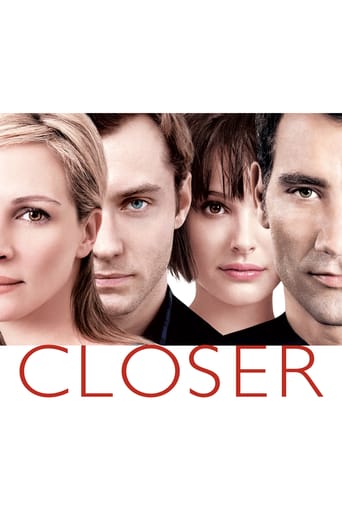
Reviews
You won't be disappointed!
Redundant and unnecessary.
It's hard to see any effort in the film. There's no comedy to speak of, no real drama and, worst of all.
A movie that not only functions as a solid scarefest but a razor-sharp satire.
I Loved this film but I enjoy mostly all Garbo movies The finest actress of all time No one has or ever will compare with or to her. She has a Mystical magic that no one seems to carry. She worked very well with Gable and they should have had many more films. Anyone know why they never did? I know of course Joan Crawford and Clark Gable had loads of chemistry as well and Joan is my second all time favorite actress. If you enjoy Both performers you won't wanna miss this film. Of course I've have yet to read more Greta Garbo Bio's and they may contain the reason why these two never crossed paths again. Joan mentioned Gable often in her Interviews but never mentioned this pairing.
In an era when iconic stars meant more than at any other time, two of the brightest were Greta Garbo and Clark Gable. Although there was some considerable overlap between their periods of stardom, this fairly standard 1931 melodrama was their only movie together. This is not as surprising as it seems, since repeated star pairings were always carefully formed through apparent compatibility. Garbo and Gable however were players of remarkably different style and temperament.Garbo had already been an established – and massively popular – actress in the silent era, and despite the considerable hype around her early talkies, in retrospect her silent features remain her best period. It's not her accent; it's just that her mellifluous, almost operatic manner did not really work when out loud. By contrast, without sound her mesmerising presence remains pure and captivating. She would later adapt for speaking roles, and by the late 30s producers would be actively casting her in parts that suited her ethereal style, notable highlights being Camille (1937) and Ninotchka (1939). As it is, her performance in Susan Lenox is already an improvement upon her at-the-time-celebrated but now very clunky talkie debut in Anna Christie (1930).Gable on the other hand was an up-and-comer at this point. In fact, though he was gaining familiarity as a supporting player in movies such as Night Nurse and A Free Soul (both released earlier the same year) he was thus far getting typecast as a thuggish gangster. The reason his potential as a desirable lead man hadn't fully been realised yet was a simple case of presentation. All it would take was a thin moustache and a few locks of hair drooping over his forehead, but appearing as he does here clean-shaven and hair slicked back, all you see is an ordinary man with a somewhat odd-shaped face. When he makes a few appearances towards the end of Susan Lenox with a few days' stubble, mussed-up hair and rolled-up sleeves, the effect is incredible. I feel it was a big failing on the part of the filmmakers to not make more of this rugged Gable in his earlier appearances and the final scenes.To be fair though, director Robert Z. Leonard is really more interested in favouring Garbo, who was then the better-known and more bankable star. Although this was some time past the period when movies were often shot in both sound and silent versions to cater for places that hadn't yet made the switch, Leonard still sticks to a primarily visual form of storytelling. There are numerous close-ups of hands and feet in action, often used to open a scene and give it context. He allows many of the ideas and feelings of the characters to come through in wordless glances, often relegating the dialogue to the status of embellishment. With such purity he is responsible for staging some haunting and powerful moments, such as the sideshow proprietor's coercing Garbo into bed, the two of them moving closer to the screen without uttering a sound.The differences between Garbo and Gable were not confined to their approaches to the craft; apparently they despised each other offscreen too. Still, it's a testament to the considerable talents of the both of them that there seems to be a decent rapport between them as a fictional couple. Both were after all great screen lovers, at their best when dizzy with passion or locked in an embrace, and a movie like Susan Lenox is bread and butter to them both. They meet here in passing, Garbo (although younger) already past her peak, Gable just rising towards his. And while neither of them is at their ideal, star quality is supreme, and it turns out this is not a bad little movie.
Greta Garbo suffers to the max as a poor girl whose unwed mother died right after giving birth to her, leaving her in the hands of her nasty Uncle Jean Hersholt who had hoped the baby would be born dead. As the child grows up (shown in a montage of shadows), her uncle promises her to a lecherous Alan Hale (Sr). He attempts to rape her while stranded at Hersholt's home during a flood-causing rainstorm, and Garbo escapes into the night, eventually running into engineer Clark Gable and being taken in by him. They are instantly in love but their plans to wed after Gable returns from a business trip are dashed when Hersholt and Hale locate her. In true pre-code Hollywood fashion, Garbo ends up in a carnival and when Gable finds her, he incorrectly assumes she is a loose woman. Garbo's fury towards men (previously kept quiet) is unleashed as she vows to be exactly what Gable believed her to be. Like any bad penny, Garbo and Gable keep running into each other as the assumptions become worse and Garbo falls deeper into sin.Long before her riotous laugh in "Ninotchka", Garbo is briefly light-hearted here, playfully teasing Gable in their initial love scenes and showing an engaging smile. However, her transition into a tramp from a broken winged bird really isn't believable. Dozens of these films with stars like Dietrich, Bankhead, Stanwyck, Crawford and Twelvetrees (to mention a few) were made in the pre-code sound era, and this doesn't have any more dimension than they did. Cecil Cummingham is amusing as a tattooed carnival performer, while Gable (minus mustache) is very handsome in his only film opposite Ms. G. Hersholt and Hale play very one dimensional, hiss-able characters. But Garbo is always worth a look, and there are some really nice photographic moments between her and Gable that are perfect for movie stills.
Just look at the scene in which she and him go fishing, and look at what she does with the fish she catches , and then just laugh!laugh!laugh!Maybe it was done without malice but, if otherwise, it couldn't have come out funnier than it did!
